Nanofluid in Double Pipe Heat Exchanger CFD, A Fluent Simulation Tutorial
Nanofluid in Double Pipe Heat Exchanger CFD, A Fluent Simulation Tutorial
- Upon ordering this product, you will be provided with a geometry file, a mesh file, and an in-depth Training Video that offers a step-by-step training on the simulation process.
- For any more inquiries regarding the product, please do not hesitate to reach out to us at info@CFDLAND.com or through our online support assistant.
€190 Original price was: €190.€125Current price is: €125.
Nanofluids are special liquids created by mixing tiny nanoparticles into a base fluid like water. This is done to make the fluid better at transferring heat. A Double pipe heat exchanger CFD simulation is the best tool to see exactly how much improvement we can get. In this type of heat exchanger, one fluid flows through a central pipe, and another flows in the space around it. The main goal of this project is to simulate and compare the performance of a heat exchanger when using regular water versus when using an Alumina (Al2O3) Nanofluid. This study is guided by the important methods described in the reference paper by Pak and Cho [1].
- Reference [1]: Pak, Bock Choon, and Young I. Cho. “Hydrodynamic and heat transfer study of dispersed fluids with submicron metallic oxide particles.” Experimental Heat Transfer an International Journal2 (1998): 151-170.
Simulation Process: CFD Modeling with Custom Nanofluid Properties
To begin our Nanofluid in Double Pipe Heat Exchanger fluent simulation, we first prepared the 3D geometry. Because the heat exchanger has a symmetric shape, we can model only half of it. This smart simplification makes the simulation run much faster without losing any accuracy. Next, a high-quality structured grid was created, as shown in Figure 1. A good mesh is very important for getting correct results.
The most critical part of this simulation was defining the fluid properties. ANSYS Fluent does not know the properties of an Al2O3 Nanofluid by default. Therefore, we had to write a User-Defined Function (UDF). This special code “teaches” Fluent the correct thermal conductivity and viscosity of the nanofluid. Using a UDF is essential for any accurate Nanofluid CFD simulation because it allows us to model the unique behavior of these advanced fluids.

Figure 1: The structured mesh generated for the Double Pipe Heat Exchanger CFD domain.
Post-Processing: Trade-Off Between Heat Transfer and Pumping Power
A detailed analysis of the results clearly shows both the benefits and the costs of using a nanofluid. The main goal was to improve heat transfer, and the simulation proves this was a success. The Nusselt number, which measures how well heat is transferred, increased from 6.03 for pure water to 6.62 for the nanofluid. This is an impressive 9.8% improvement in heat transfer performance. The temperature contour in Figure 2 visually confirms this. We can see a smooth and effective temperature rise from 300 K at the inlet to 453.6 K, showing how well the nanofluid absorbs heat along the length of the exchanger.
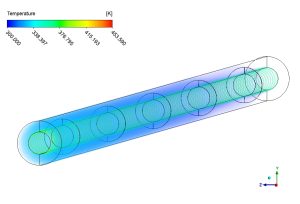
Figure 2: Temperature field showing the effective heat absorption by the Nanofluid.
However, this excellent thermal performance comes with a significant trade-off. The velocity contour in Figure 3 shows the complex flow inside the pipe. Adding nanoparticles makes the fluid thicker and harder to pump. As a result, the pressure drop along the pipe increased dramatically from 2637 Pa for water to 4020 Pa for the nanofluid. This is a massive 52.4% increase in the required pumping power. This finding is a perfect example of a real-world engineering challenge. The Nanofluid in Double Pipe Heat Exchanger CFD simulation successfully demonstrates that while Al2O3 nanofluids are fantastic for boosting heat transfer, engineers must also design a more powerful pumping system to handle the much higher pressure.
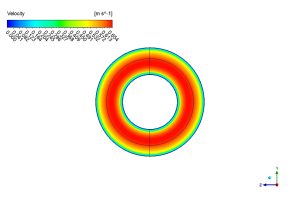
Figure 3: Velocity distribution inside the Double Pipe Heat Exchanger, which helps explain the pressure drop.
We pride ourselves on presenting unique products at CFDLAND. We stand out for our scientific rigor and validity. Our products are not based on guesswork or theoretical assumptions like many others. Instead, most of our products are validated using experimental or numerical data from valued scientific journals. Even if direct validation isn’t possible, we build our models and assumptions on the latest research, typically using reference articles to approximate reality.
Yes, we’ll be here . If you have trouble loading files, having technical problems, or have any questions about how to use our products, our technical support team is here to help.
You can load geometry and mesh files, as well as case and data files, using any version of ANSYS Fluent.
€145 Original price was: €145.€95Current price is: €95.

€190 Original price was: €190.€99Current price is: €99.

€160 Original price was: €160.€85Current price is: €85.

€160 Original price was: €160.€75Current price is: €75.

€360 Original price was: €360.€180Current price is: €180.

€240 Original price was: €240.€135Current price is: €135.



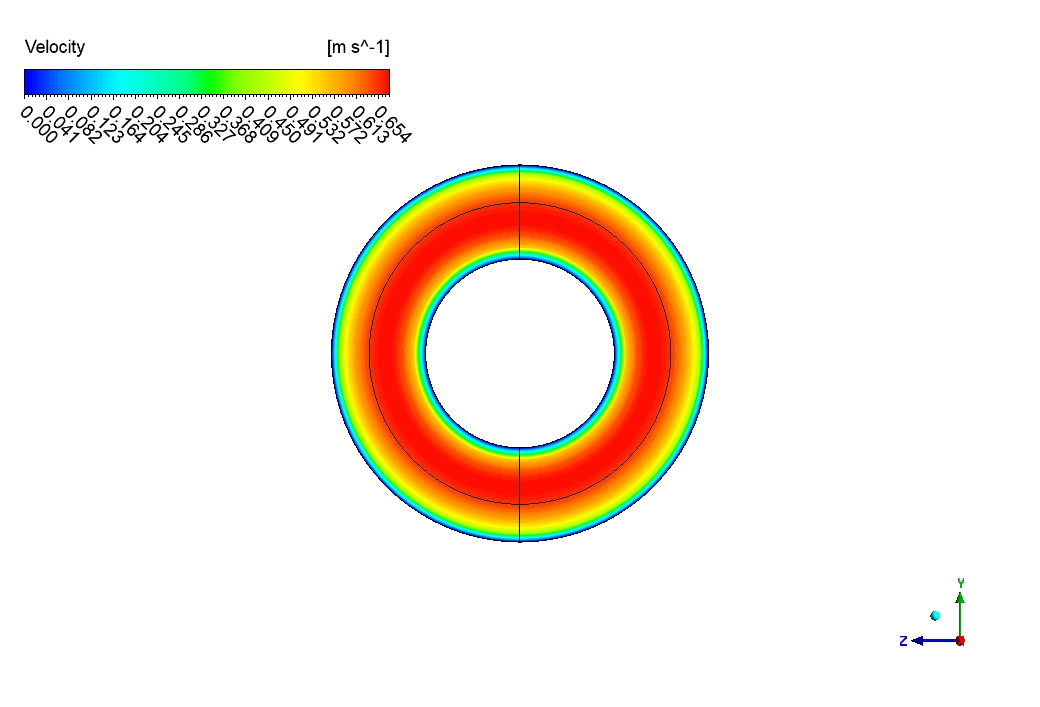
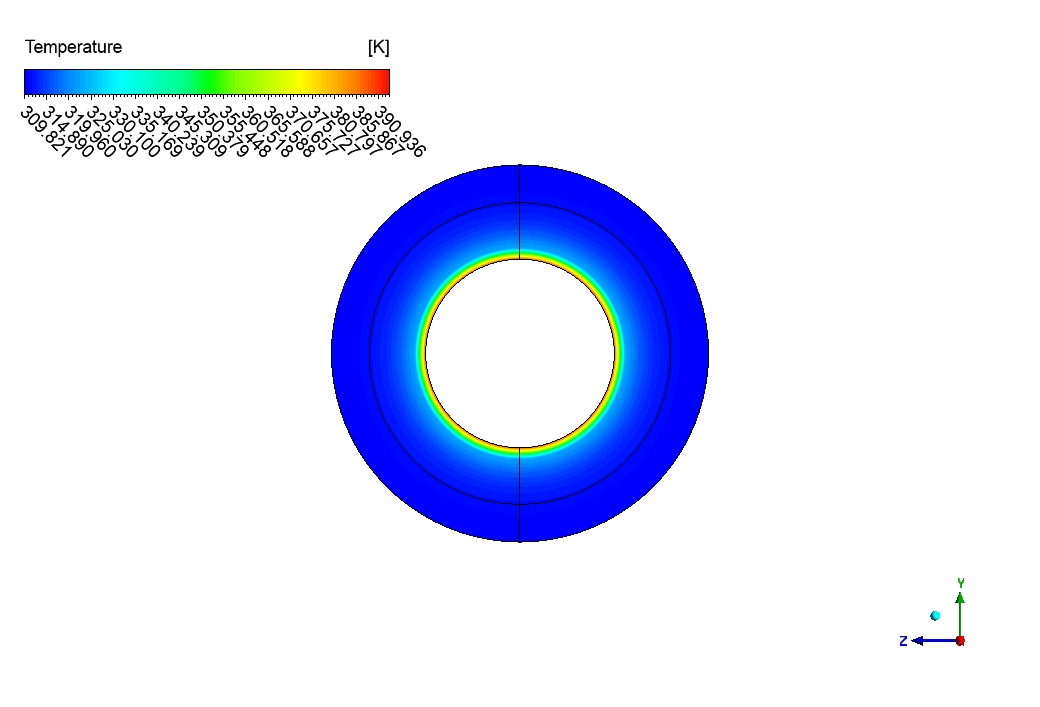
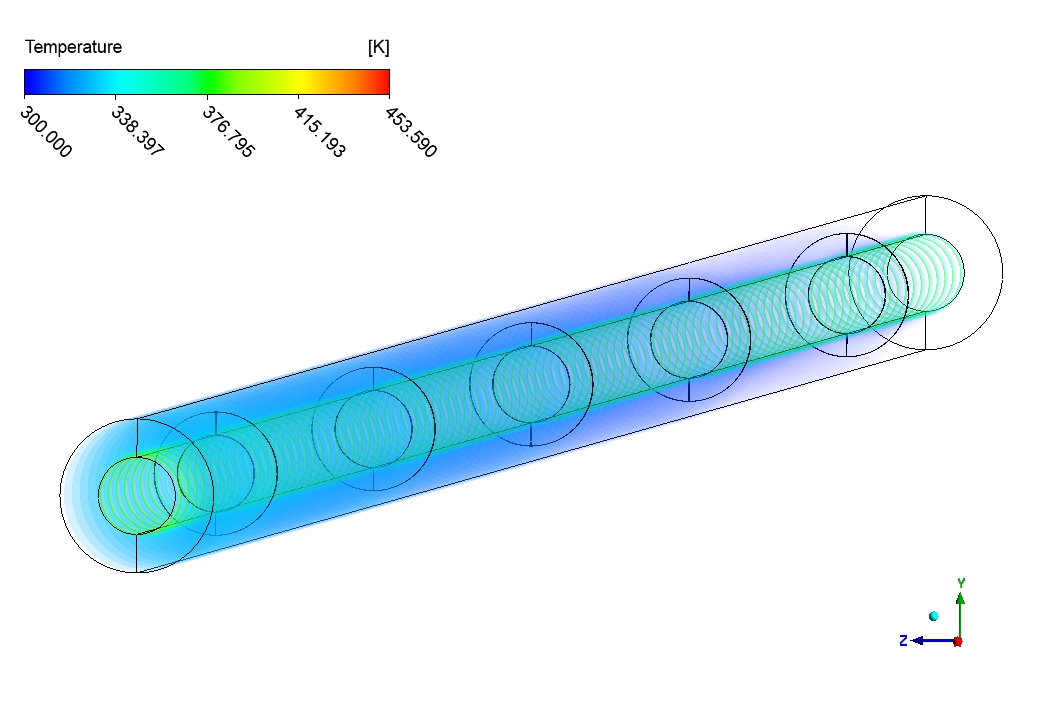
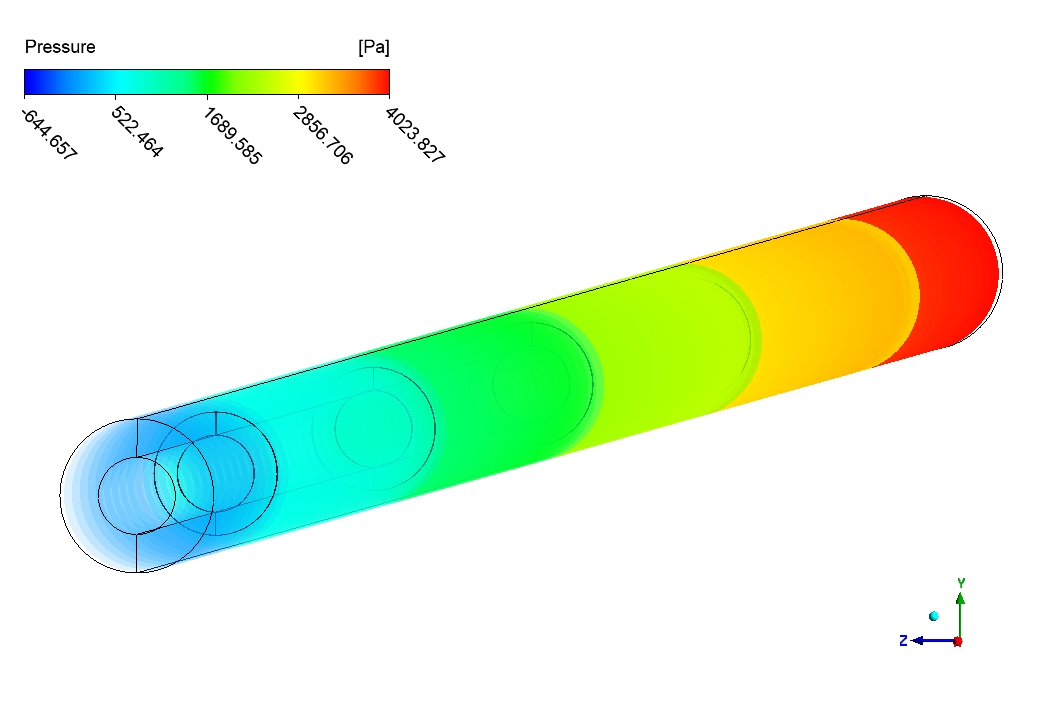
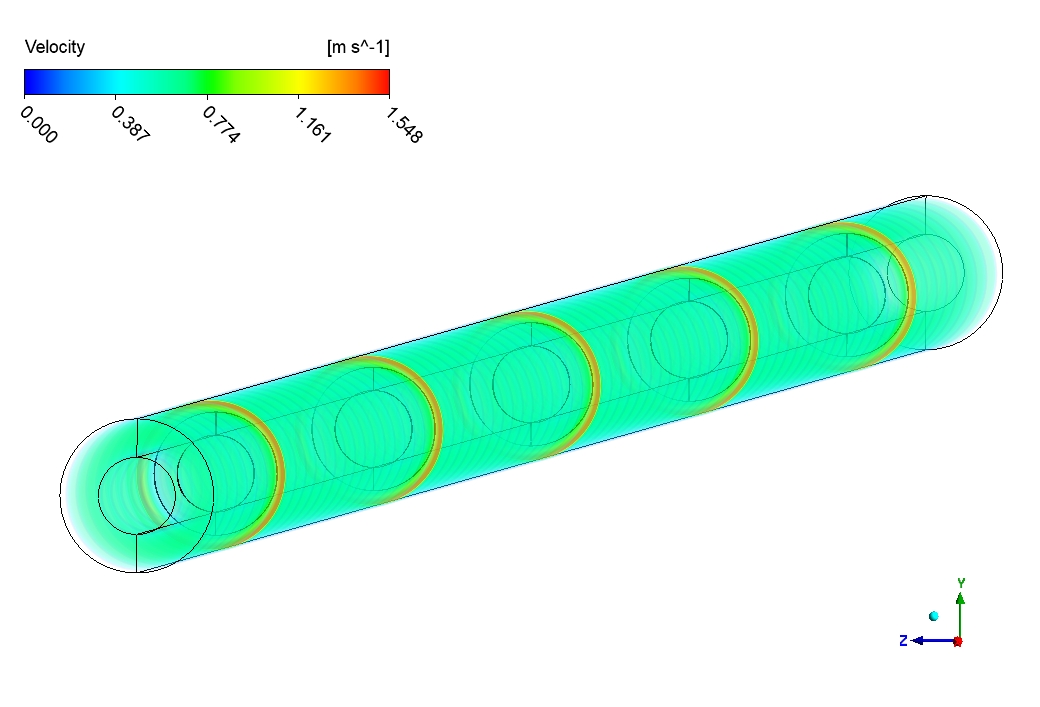





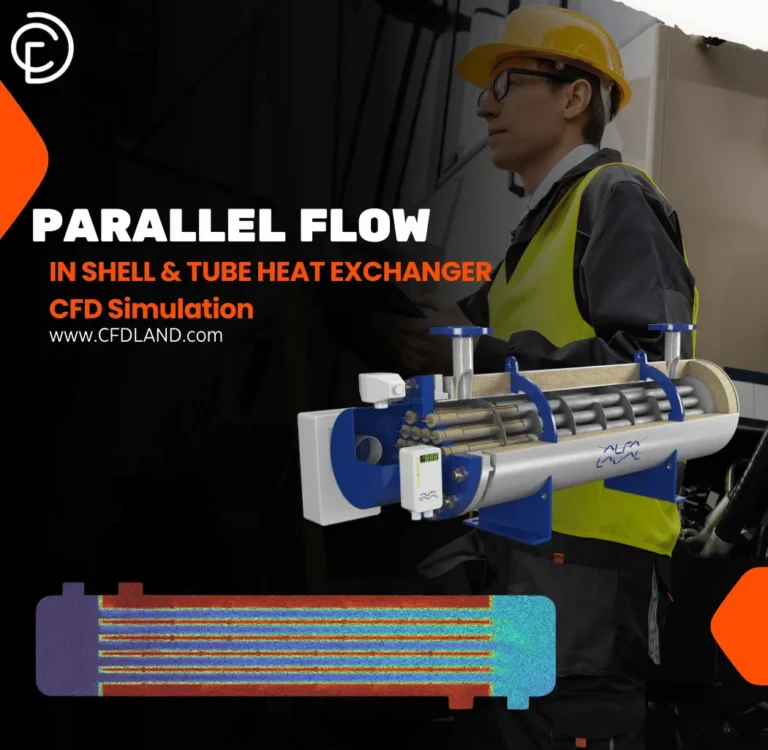


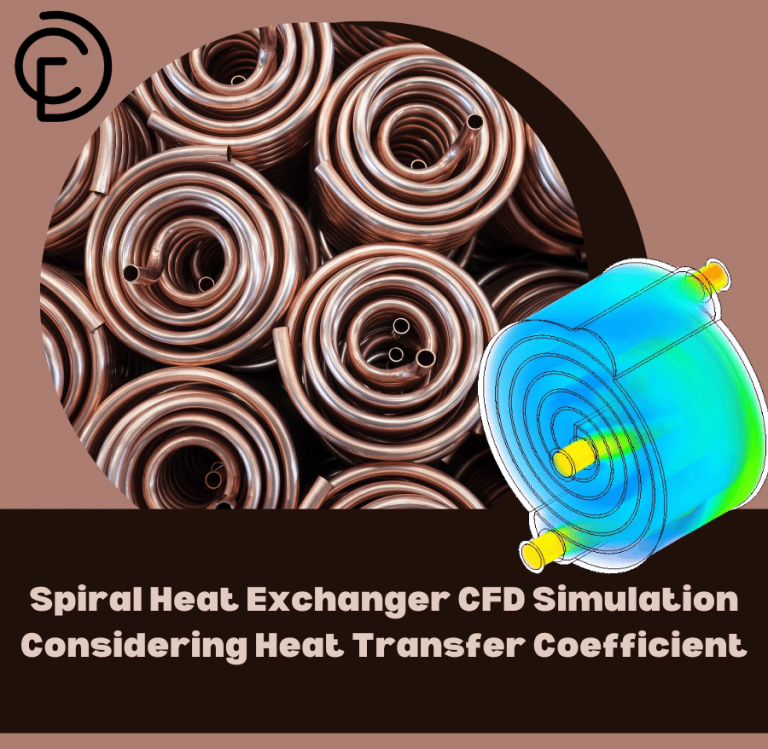
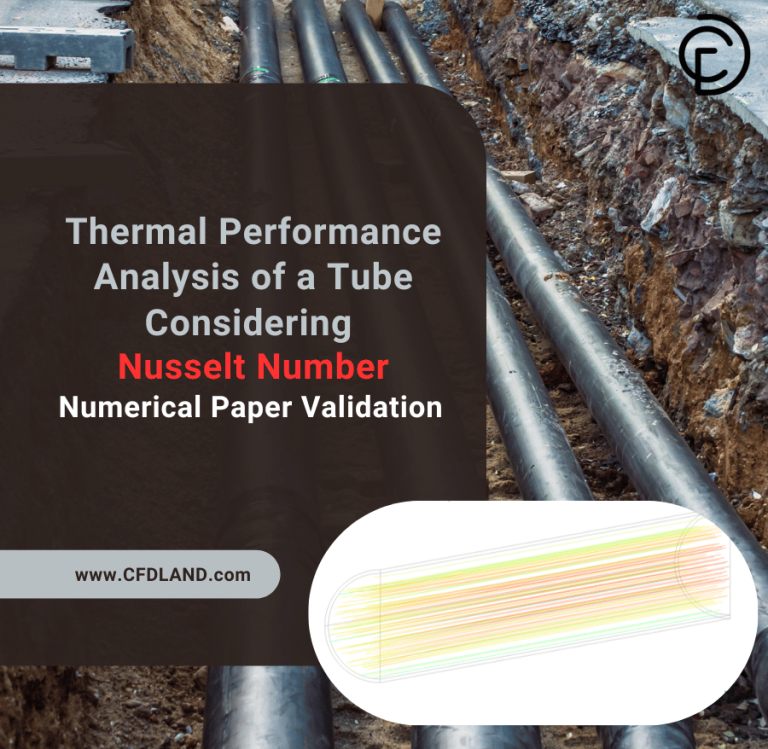
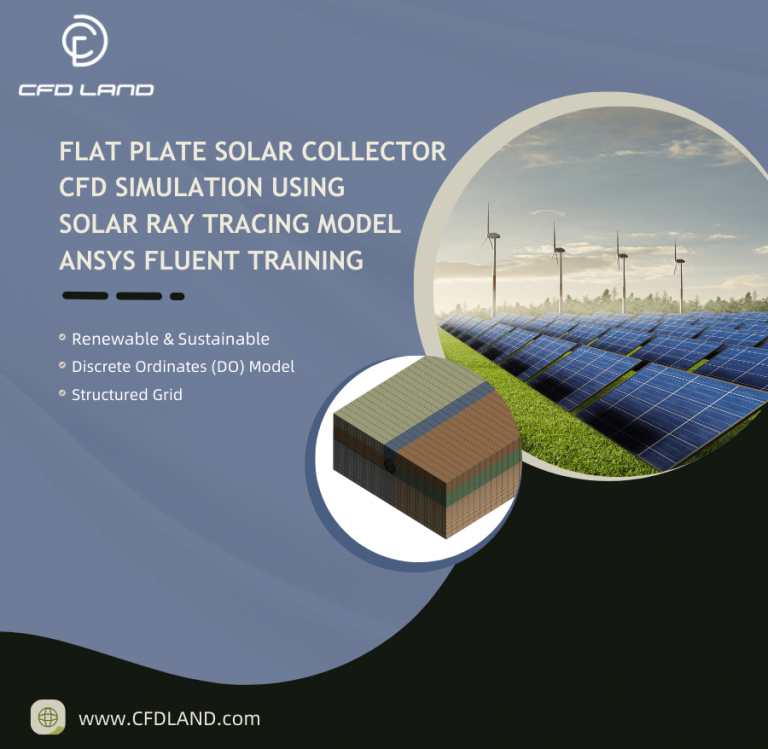
Reviews
There are no reviews yet.